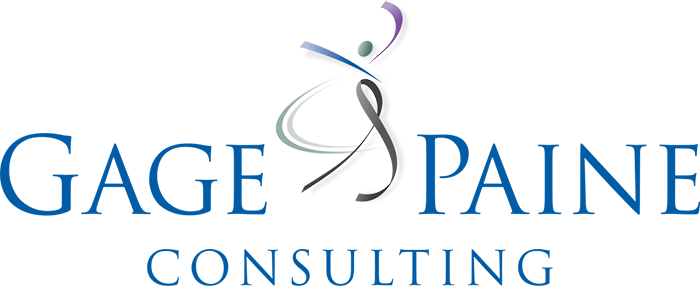What’s Your Intention?

Photo by Yeshi Kangrang on Unsplash
What do the practices of breathing, self-awareness, and setting an intention really have to do with leadership? In my opinion, a great deal depending on the type of leader you want to be.
I’m sure some of you have heard me mention before a favorite book of mine, Larraine Matusak’s Finding Your Voice: Learning to Lead Anywhere You Want to Make a Difference. There’s a lot to like in this book, but there are two points I carry with me always. First, we all have the potential to be leaders. Second, leadership begins to develop when we find something we care about enough to want to make a difference. She puts it this way. “At some point in our lives, each of us has experienced that deep desire to make a difference, to be better than we are, to make our lives better at home or in our workplaces, to assume a leadership role in order to improve the situation for someone or some group in our communities.” (p. 3).
Matusak goes on to write, “Success in leadership is almost guaranteed to those who discover their gifts and talents and apply them to something they are passionate about. … It takes vision, courage, and a will to make something happen, a desire to make a difference.” (p. 5) If that isn’t setting an intention, I don’t know what is.
Finding my way
I wandered my way through college with no clue what I wanted to do afterward. I found a degree that might have been designed for me. The Bachelor of Arts in Letters at the University of Oklahoma (OU) required that I study history, literature, philosophy, and languages. I loved it! But then what? It was thought of as a pre-law degree – all that reading and writing – so I went to law school. This I didn’t love. So now what?
Luckily for me, the Director of Housing at OU where I had been a Resident Advisor had recommended I go meet his counterpart at Texas Tech where I was attending law school. I did and the legendary Mr. Yoder was gracious and kind. But most of all he planted a seed when he said, “You won’t have time to do anything but law school this first year, but in the second year if you’d like a job, come and see us.” It’s a much longer story, but nine months later I did go see them and ended up with a job as a half-time hall director for the next year. That fall as I was miserable at the idea of going back to law school and thoroughly enjoying my time in orientation for my new job, I had the epiphany that set me on my career path. It finally occurred to me that there were many, many jobs on campus that I would enjoy and could do. By the time students were moving in and I was starting classes, I had a clear intention for the next two years. Survive law school and learn everything I could in my job because when I graduated I was going to be a Student Affairs administrator. I didn’t know what position or where, but I did know that I wanted to work on a college campus. That here was a place I could use my skills and, while I didn’t yet think in terms of making a difference, I did think I could do good work.
I learned then that having an intention, a focus for what I was doing each day helped me through the tough spots and gave me something bigger than graduation to work toward. It provided a context for day-to-day tasks and meaning for my work – in class and in the residence halls. I had taken my first steps to following Matusak’s path to leadership.
What were your first steps on this path? Where has intention helped you be successful as a leader? If you aren’t sure, spending a bit of time in reflection may help it be clearer for you.
Take care,
Gage
Meditation
Matusak, L. (1997). Finding Your Voice: Learning to Lead…Anywhere You Want to Make A Difference, Jossey-Bass: San Francisco
